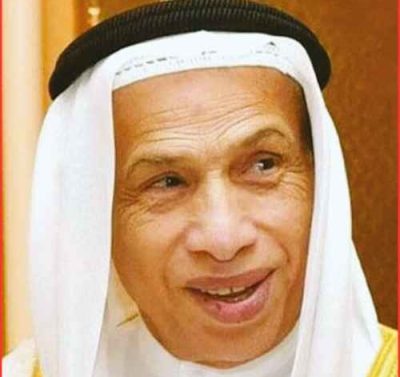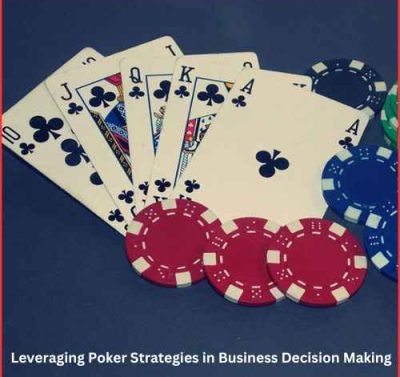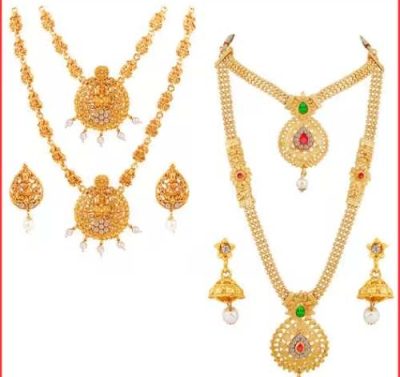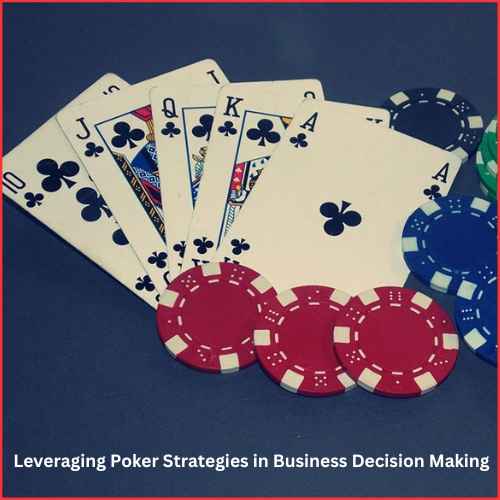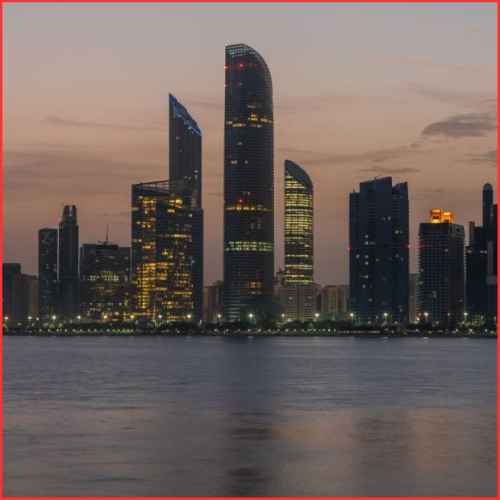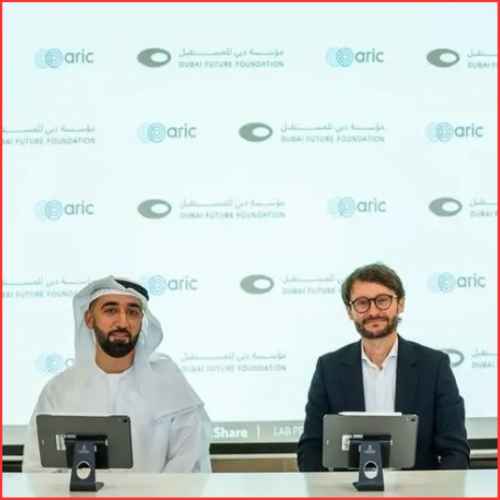In a major boost for Gujarat’s diamond industry, Prime Minister Narendra Modi is set to inaugurate what is billed as the world’s largest diamond trading facility in Surat this weekend. The new Surat Diamond Bourse, spread over 6.7 million sq ft, ushers in a new era of consolidation and modernisation for the city’s scattered diamond trade. Spread across multiple towers with state-of-the-art infrastructure and facilities, the bourse is expected to be a gamechanger by establishing Surat as a global diamond trading hub.
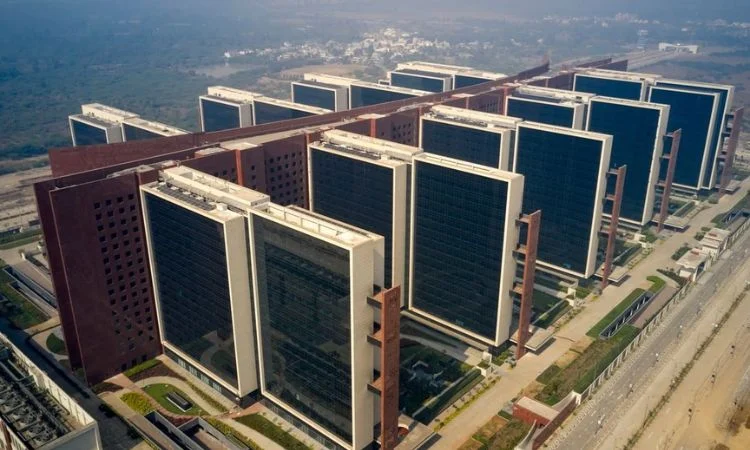
Surat has been the nerve centre of India’s diamond cutting and polishing industry for decades due to availability of skilled labor and entrepreneurial network. However, trading of polished diamonds was handled in an unorganised manner across temporary structures and pavement shops in Mahidharpura market. The opening of the Surat Diamond Bourse, built at a cost of over Rs. 32 billion, aims to address this by providing world-class offices and trading halls under one roof.
It is touted as the world’s largest commercial complex, superseding iconic structures like the Pentagon building in Washington DC. The scale and facilities at the Surat bourse will rival established global exchanges like the Bharat Diamond Bourse in Mumbai and Israel Diamond Exchange, consolidating Surat’s position as the nerve centre of India’s diamond trade. With an intake of over 4,700 offices spread across 9 towers equipped with the latest IT, security and surveillance infrastructure, it provides plug-and-play working spaces for thousands of brokers, polishers and sorters.
The modern exchange aims to provide the transparency, seamlessness and scale required for Surat’s burgeoning diamond industry to vault into the big league. It is expected to boost trading volumes and create a benchmark price reference for the diamond market. The availability of custom offices, trading halls, strong rooms, cafeteria and other utility services under one campus will enhance efficiencies. It will also help address issues of disjointed markets, mispricing and quality assessment that plague the unorganised diamond bazaars of Surat.
With an objective to become a globally preferred destination for all diamond requirements, the bourse is also looking to attract global buyers, investors and traders through its scale, facilities and India’s cost competitiveness. The rising popularity of lab-grown diamonds and moissanite has made the positioning of natural diamonds challenging in western markets. The consolidation of Surat’s trade through this grand infrastructure play is timely and will reinforce India’s dominance as the most preferred sourcing point globally.
If the new bourse lives up to its potential of bringing transparency, scale-efficiencies and boosting India’s brand positioning, it can go a long way in securing the country’s dominance in the $20 billion polished diamond trade. By setting the norm for awell regulated marketplace functioning at par with global standards, Surat and Gujarat could finally claim their rightful place as the nerve centre of the global diamond industry in the coming years. This would be a major boost for Make-in-India and cement India’s grip over a major segment of the international gems and jewellery trade.






